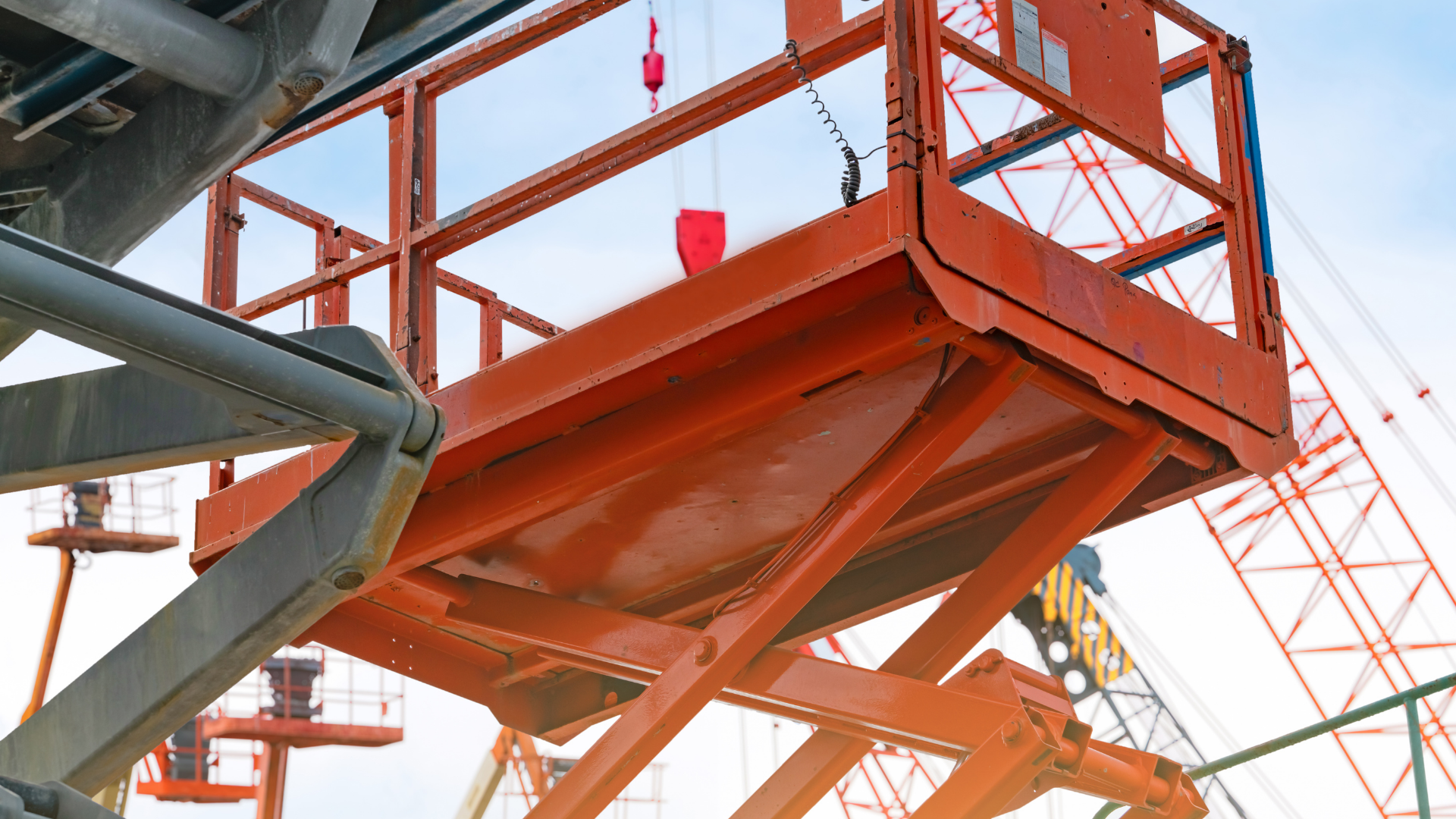Not all lifts are created equal, and understanding the distinction between people lifts and cargo lifts is crucial when deciding on the right vertical transport solution for your space. Galaxy Lifts, a trusted name in the vertical mobility industry, offers both types to suit a wide range of residential and commercial needs. But which one is right for you? It depends on your priorities: accessibility, convenience, heavy lifting, or all of the above.

People Lifts: Focused on Comfort and Accessibility
People lifts, also called residential elevators, are designed with human passengers in mind. These lifts are enclosed for safety, feature smooth and quiet operation, and often come with stylish interior finishes to match your home.
Best For:
- Homeowners with mobility challenges
- Elderly individuals planning to age in place
- Luxury homes and multi-level living
- Guests or renters who may benefit from easier movement
Key Benefits:
- Customizable interiors: wood, glass, or metal finishes
- Accessible design: fits wheelchairs, walkers, and strollers
- Integrated safety features: emergency stop, interlocks, non-slip floors
- Quiet operation: ideal for homes where noise control is a priority
People lifts can transform the way homeowners interact with their space, providing independence, reducing injury risk, and enhancing the overall lifestyle experience.
Cargo Lifts: Built for Heavy-Duty Tasks
Cargo lifts are designed to transport goods, not people, between floors. They are open or semi-enclosed platforms that carry items such as:
- Groceries and shopping bags
- Furniture or storage bins
- Tools and construction materials
- Laundry baskets, luggage, or supplies
Best For:
- Multi-level homes with attached garages or basements
- Beach houses with elevated living spaces
- Workshops or small commercial spaces
Key Benefits:
- High weight capacities (up to 1,000 lbs or more)
- Rugged, durable construction
- Simple controls for easy operation
- Time and labor savings by reducing trips up and down stairs
It’s important to note: cargo lifts are not approved for human transport. Their design focuses on function and capacity rather than comfort or enclosure.
Should You Install Both?
If your budget and space allow, installing both a people lift and a cargo lift can offer the best of both worlds, especially in larger homes or estates. A cargo lift handles the heavy lifting of groceries and equipment, while the people lift serves accessibility and luxury needs.
For example:
- A coastal vacation home may use a cargo lift for luggage and beach gear, and a people lift for guests with mobility limitations.
- A dual-use building (home + business) may use cargo lifts for inventory and people lifts for employees or clients.
Space, Safety, and Budget Considerations
When deciding between the two, ask yourself:
- What’s the primary purpose: people or materials?
- Is the space private (home) or shared (commercial)?
- Are you concerned more with comfort or capacity?
- What structural accommodations can you make?
Galaxy Lifts provides expert consultation to assess your space, goals, and budget, helping you make the most informed choice.
Maintenance and Compliance
While both lift types are built for durability, each has different maintenance needs and code requirements. People lifts may require more regular safety checks due to passenger use, while cargo lifts need inspections for load-bearing wear and tear.
Always ensure:
- Proper installation by certified professionals
- Local compliance with building and safety codes
- Regular maintenance scheduling
Galaxy Lifts includes service support and guidance with every installation to ensure long-term reliability and safety.
Conclusion
Choosing between a people lift and a cargo lift comes down to how you live, and what you need to move. If accessibility and elegance matter most, a people lift is your answer. If you need strength and utility, a cargo lift will serve you best. And if both roles are important? A combination might be perfect. With expert solutions from Galaxy Lifts, you don’t have to compromise. You can enhance your home or business with vertical systems that match your lifestyle, improve your efficiency, and make movement effortless.
Frequently Asked Questions
1. What’s the main difference between a people lift and a cargo lift?
A people lift is designed to transport passengers safely and comfortably, often enclosed and featuring advanced safety features. A cargo lift is made to carry heavy items or goods and is not approved for human transport.
2. Can I use a cargo lift to carry people occasionally?
No. Cargo lifts are not engineered for human transport and lack essential safety mechanisms like emergency stop systems, enclosed cabins, and interlocking doors. Using them to transport people is dangerous and often violates building codes.
3. How much weight can a cargo lift handle?
Galaxy Lifts’ cargo models can typically support between 500 to 1,000 lbs, depending on the configuration. This is ideal for moving heavy household items, tools, groceries, and equipment across multiple floors.
4. Which lift is more affordable cargo or people?
Cargo lifts are generally more affordable because they require fewer features related to passenger safety and comfort. However, the total cost also depends on the installation site, customizations, and lift model.
5. Can I install both a cargo lift and a people lift in one property?
Yes. Many large or multi-use properties opt for both, people lifts for daily movement and comfort, and cargo lifts for transporting goods. Galaxy Lifts can help design and install both systems to complement each other and maximize efficiency.

Founder Dinis Guarda
IntelligentHQ Your New Business Network.
IntelligentHQ is a Business network and an expert source for finance, capital markets and intelligence for thousands of global business professionals, startups, and companies.
We exist at the point of intersection between technology, social media, finance and innovation.
IntelligentHQ leverages innovation and scale of social digital technology, analytics, news, and distribution to create an unparalleled, full digital medium and social business networks spectrum.
IntelligentHQ is working hard, to become a trusted, and indispensable source of business news and analytics, within financial services and its associated supply chains and ecosystems










